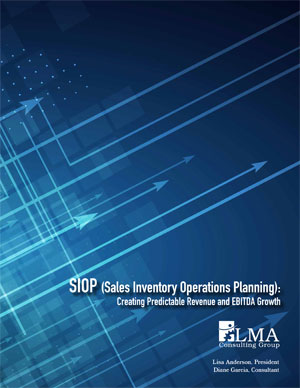Originally posted in Adhesives and Sealants Industry in February of 2023
Transportation has been in chaos since the pandemic. It started with logjams at the ports that persisted for multiple years, continued with atypical events such as the ship getting stuck in the Suez Canal and truckers blocking the border of US and Canada, and continues to rage on with labor shortages across the board in rail, trucking, and all transportation sectors. Although these specific transportation woes will eventually come to an end, since the supply chain is interconnected, new disruptions will arise. Instead of responding to each issue, the best will use a proactive approach to successfully navigate and stand out from the crowd with high service levels.
The transportation woes have certainly proven the importance of the transportation sector. If materials and ingredients don’t move, nothing will be produced and shortages such as the baby formula and children’s Tylenol shortage will persist. If fertilizer and food doesn’t move, grocery store shelves will be bare. If chemicals are not transported by rail, purified water will become scarce and medical devices will not be produced (as anything with plastic will be an issue). The one common element in every supply chain is the need to transport materials and goods from point A to point B. Thus, what could be more important than taking the proactive approach to navigating transportation woes.
Reshaping of Supply Chains
Do not assume that what worked in the past will work in the future. There is a reshaping of supply chains taking place. Supply chains are on the move. For example, manufacturers have realized they cannot rely on China and are reshoring, nearshoring, and friendly-shoring their supply chains. They are also sourcing new partners, putting backup suppliers in place, and derisking their supply chains. Distributors and retail has also realized they must take action to avoid the fiascos that occurred in recent history. For example, they are moving freight from the Los Angeles and Long Beach ports to the East Coast ports to avoid a potential port strike and backlog at the ports. Consumers have shifted to e-commerce, accelerating the need for last mile delivery. The only element staying the same is level of change.
Proactive Approach to Successful Navigation
Start by taking the long-term view and be willing to confront the realities of the changing landscape. Before jumping on the low price bandwagon as prices decrease across the transportation sector, think about the impacts of the reshaping of supply chains. As supply chains move, the transportation needs will evolve and change, creating further disruptions. Instead of negotiating price with potential suppliers, source reliable partners that will scale and adjust with your changing needs and who will provide the appropriate level of service for your target customers. Find win-win strategies to innovate, collaborate, and drive joint profitability.
Take a step back and assess your ideal customers’ future state needs. Using a SIOP (Sales, Inventory, Operations Planning), also known as S&OP, process, match these needs with your transportation capabilities, capacities, and contingencies. Proactively reshape and disrupt your supply chain and transportation infrastructure before it disrupts you. Change modes of transportation. Source new partners, divert resources to new regions, collaborate with unlikely bedfellows such as competitors, and secure resilient capacity when everyone else is cutting back. Success will follow if you persist.
It is no longer sufficient to respond to transportation disruptions. The resilient and strong will survive, yet the proactive and innovate will thrive. There will be more opportunity than any period in history including those who leapfrogged the competition for decades to come during the Great Depression. Think ahead, be proactive and create your future supply chain and transportation capabilities while your competition is securing a ten-cent price decrease. You will be uniquely positioned to grow and thrive.
Learn more about how to use SIOP to succeed during volatile times in our new eBook SIOP (Sales Inventory Operations Planning): Creating Predictable Revenue and EBITDA Growth. Download your complimentary copy.




